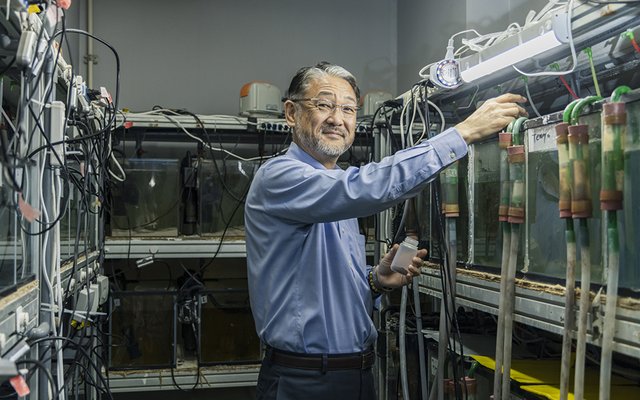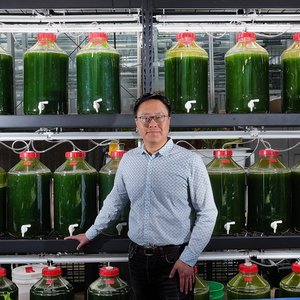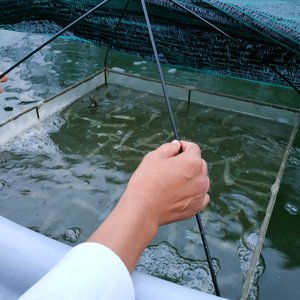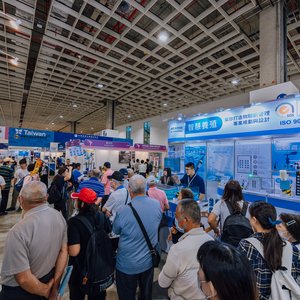In Thailand, a research project focused on aquaculture technology for sustainable aquatic food farming, Thai Fish Project, is underway with Japanese support to develop a sustainable aquaculture system for native Thai fish and shrimp species.
Since the 1980s, the Thai government has been actively promoting the aquaculture industry, boosting its economic development. However, currently, the industry’s major domesticated species are non-native, such as tilapia, which comes from Africa, and whiteleg shrimp, which comes from South America. The Thai government has been placing a higher emphasis on culturing native species to sustain the industry. Expectations for seabass and banana shrimp to become alternatives to the “ultimate aquaculture species”
The Thai Fish Project focuses on Asian seabass and banana shrimp, which are relatively high-end species that can be targeted towards the international market as they are suitable for serving at restaurants and hotels. “This will lead to an increase in farmers’ incomes,” said Professor Ikuo Hirono, Tokyo University of Marine Science and Technology (TUMSAT).
The project’s research initiatives include efforts to develop disease-resistant and fast-growing traits through molecular breeding in order to create resilient family lines. They also include preserving genetic resources, controlling infectious diseases, applying innovative aquaculture systems, and developing value-adding and sustainably sourced feeds.
Significant research results
A seabass feed using alternative sources for fishmeal, of which the price has been soaring due to the fluctuating availability of its raw materials, was developed containing plant protein and insects. With the addition of specific microalgae, this new feed successfully increased the DHA (nutrients essential for our bodies) content of seabass. Participants who tasted the feed-fed Asian seabass sashimi at one of the project’s events also praised its flavor. Although the project outcomes are still at the research stage and the seabass has yet to be distributed on the market, some Japanese business sectors have already shown interest in selling the fish in their stores.
For the first time in Thailand, the project also achieved stable artificial insemination of banana shrimp, which was thought to be difficult due to the shrimp’s vulnerability to changes in environmental conditions. Banana shrimp cultivated under full-life cycle aquaculture are now almost ready for distribution.
“In the field of Asian seabass breeding, we have successfully selected a group that is resistant to low salinity and low oxygen levels,” said Professor Hirono. “The next step is to encourage local aquaculture farmers to culture even better groups. We have also succeeded in performing the world’s first banana shrimp tissue transplantation, an achievement that will accelerate further research into banana shrimp breeding.”
The project is willing to distribute the fish and shrimp that it has been developing in the near future. Considering that there are various interested companies, careful preparation on the production side is necessary before establishing sales channels and initiating actual sales. To facilitate this, workshops and lectures on artificial insemination and molecular breeding were held for local aquaculture farmers and researchers last February, and preparations are underway for the transition from the research phase to the social implementation phase.
“I want to cooperate with private companies to expand the global network,” said Professor Hirono. In addition to his research efforts, he is actively working to connect Japanese startup companies with Thailand’s Department of Fisheries and aquaculture farmers.
The Thai Fish Project started in 2019 and will end in May 2025. It is part of SATREPS (Science and Technology Research Partnership for Sustainable Development), an international cooperation framework to leverage science and technology to address climate change, deforestation, and marine plastic waste. This framework, which started as a collaboration between JST (Japan Science and Technology Agency) and JICA, involves teams of researchers from Japan and developing countries working together to solve various global issues. To date, 174 SATREPS joint research projects have been implemented in 55 countries worldwide (as of May 2023).













